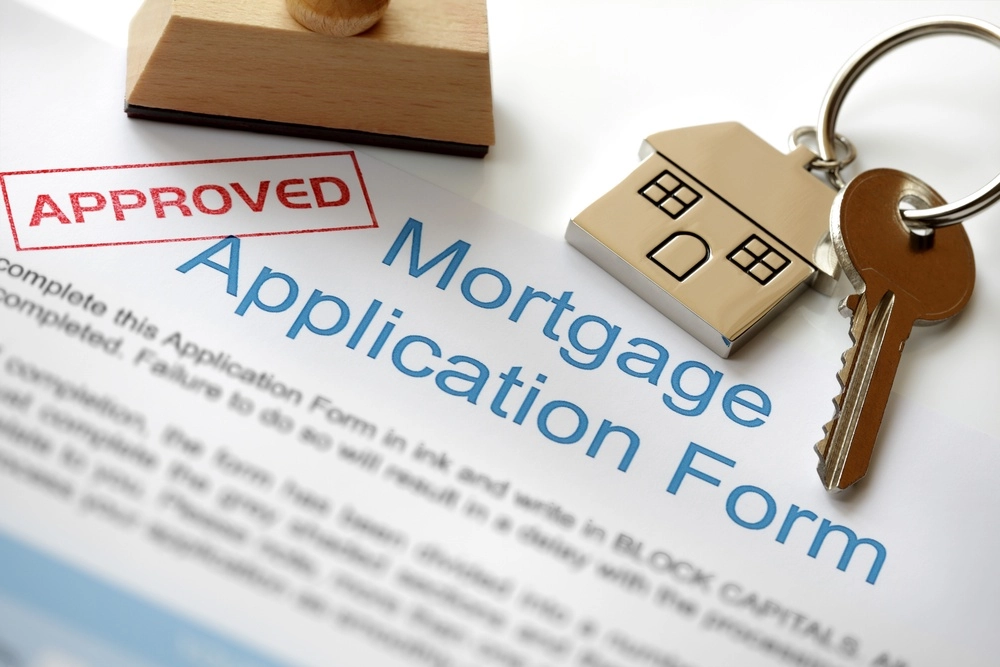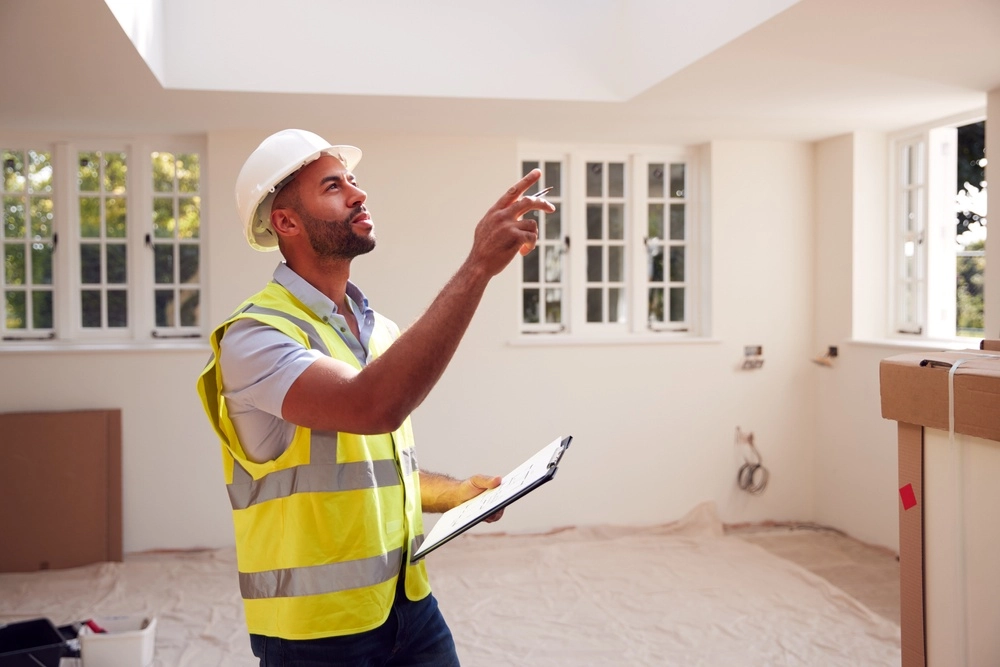Step 1: Finances
Specifically, you should consider your:
- Credit score: Chances are you’ll need a credit score of at least 620 to get a conventional mortgage loan. Higher is obviously better.
- Down payment: Determine how much money you can spend upfront on the house. For most loans, you’ll need a down payment of anywhere between 3.5% and 20%.
- Closing costs: These are the final costs and fees associated with buying a new home. You can end up totaling between 2% to 5% of the total costs. So a $200,000 home would be between $4,000 and $10,000.
- Extra homeownership costs: These are also known as maintenance costs, and you can estimate them to be about 1% of the home’s total worth each year, at least at first.
Once you figure all these numbers out, you’ll be able to get a price range of homes and prevent yourself from looking at homes or wasting time with houses that are too expensive.








